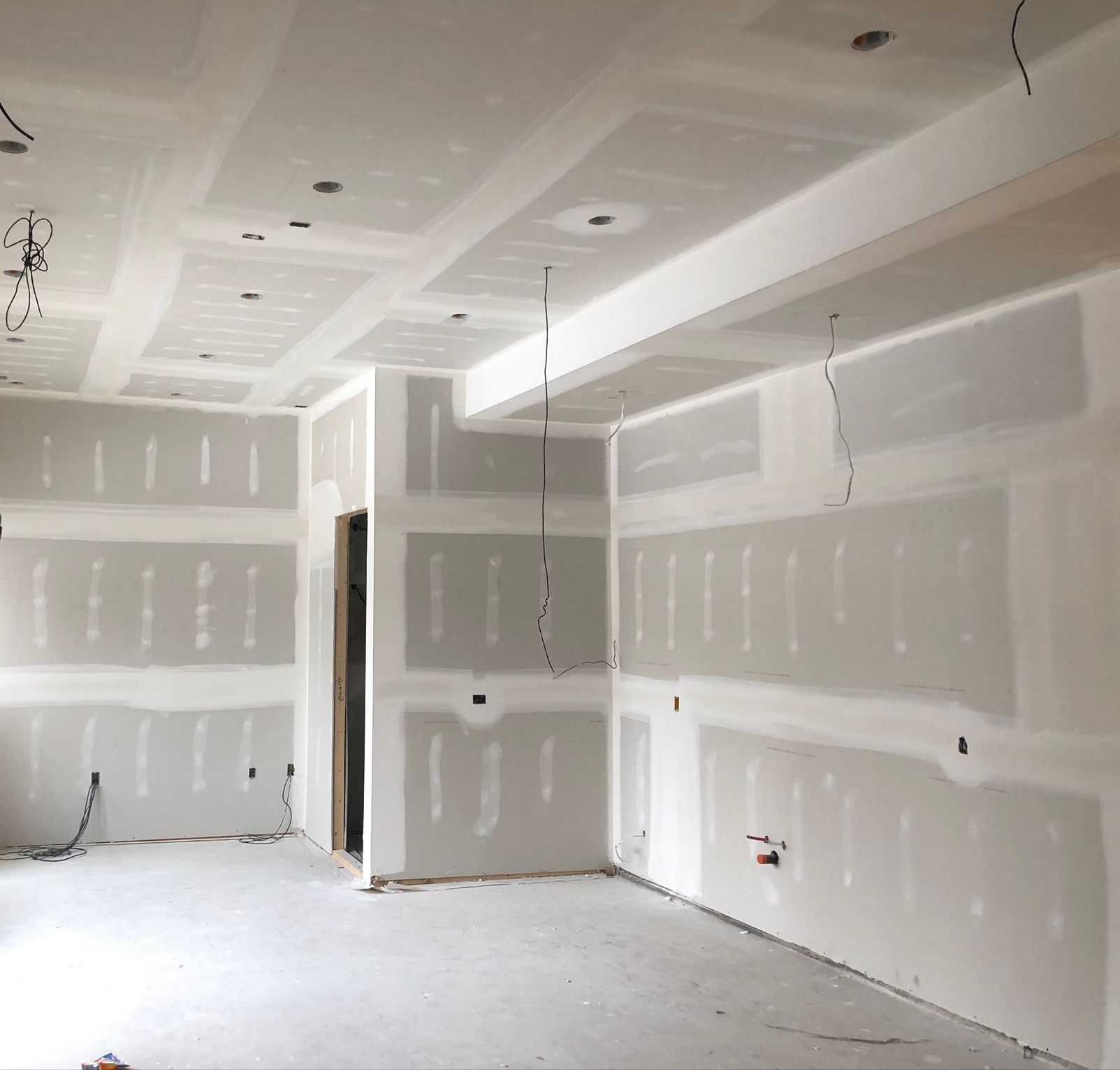
WHAT ARE THE DIFFERENT LEVELS IN DRYWALL FINISHING?
Category
Blog"The levels of drywall finishing were first determined by a consensus between 5 important associations. Their role is to ease up the drywall installation process. With the levels’ detailed descriptions, drywall companies in Toronto immediately know the requirements for certain projects. Based on their characteristics, customers can easily pick one level and we will start doing the project.
However, to decide which one is perfect for your situation, you can always consult with your chosen drywall contractors in Toronto. Expert advice is sometimes needed and there isn’t any shame in not knowing the levels of finishing. If you are the type of person that likes staying informed, here are the 6 levels (from 0 to 5) determined by the consensus:
LEVEL 0 - LEVEL 2
The levels from 0 to 2 are also known as unfinished. The first one, which is zero stands for literally no type of taping, painting, or joint cement involved. Completing a level 0 finishing means just installing drywall. Level 0 is useful for temporary constructions and dust walls.
Level 1 has taping, but there is no painting involved. Level 1 drywall taping in Toronto means taping all of the joists and interior angles. But, even though the taping is a part of the joint compound, it doesn’t need to be embedded inside it. Excess compound is removed during the application, and same as Level 2, leaving ridges and tool marks is completely acceptable.
As Level 1, in Level 2 there is no painting, only taping. The only difference is that the taping is more detailed and thorough. All the joists and angles are taped, and the tape is embedded into the compound (unlike level 1). Even though tool marks are acceptable; the nails, screws, and beads should be covered with cement compound. Level 1 is recommended for attics and other places with little to none foot traffic, while Level 2 is also done in garages, warehouses and storages. It can also be used as a backup for tile.
LEVEL 3
Contrary to Level 1 and 2, tool marks and ridges are unacceptable in Level 3. Drywall finishing of Level 3 also requires embedded tape in the compound, but with additional coatings over taped joints and angles. Nails, beads, and screws are covered with 2 cement coatings instead of 1 (like in Level 2). The surface in level 3 has to be smooth and the marks have to be covered with a coat of drywall primer. Because of the more detailed work involved, Level 3 is recommended for those that want medium to heavy final paint texture or for heavy wall coverings.
LEVEL 4
As the levels go up, the drywall becomes smoother and shinier. For example, Level 2 requires tape in joints and angles. Level 3 requires one more additional coating on these surfaces, and Level 4 requires 2 more additional coatings. With level 4 (the most commonly done type of finishing), fastener heads and beads are covered with 3 coats instead of the 2 in Level 3. The surface must be smooth, without any marks and ridges and same as level 3, a coat of primer is applied after taping. This level is recommended for flat and lightly textured painted surfaces and with lightweight wall coverings. But, using enamel, semi-gloss and gloss-paint isn’t suitable for a Level 4 drywall finish.
LEVEL 5
If you are looking for enamel and gloss paint then Level 5 is the choice for you. Rarely done, Level 5 drywall finishing means reaching Level 4 and before applying primer, adding a thin skim coat over the whole area. This skim coat is a specially manufactured material which is smooth and without any ridges and tool marks. After applying it, drywall contractors in Toronto will follow the rest of the Level 4 procedure, applying primer. Level 5 is used for flat paint surfaces with enamel, semi-gloss, and other non-textured paints under severe lights.
WHICH ONE TO CHOOSE?
The choice you make should depend on the room of your drywall installation, expectations, and preferences. Level 5 is almost never done since it is basically the same as Level 4. However, in some situations, you might have to do a Level 5 finish. Before you make any decisions, it is crucial that you schedule free quotas and consult with qualified drywall companies in Toronto.
Having the house planned out beforehand will also prove useful in making your decision. For instance, kitchens are usually filled with cabinets and the walls behind the cabinets don’t really need a luxurious Level 4 or 5 finish. Also, if you are going with a unique wall covering like wainscot, you won’t need premium finished lower walls. We previously mentioned tiles and these can work completely fine with a Level 2 finish. Planning your interior space before drywall finishing starts will save you tons of money when the time comes. "